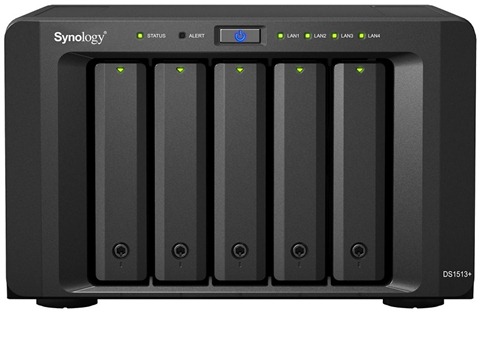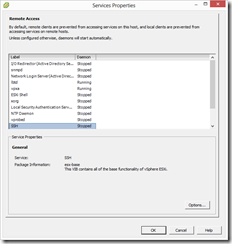With the change to my Home Lab environment recently I decided to take a fresh look at my storage capabilities and came to the conclusion that whilst the home brew solution was nice I now wanted something a little more dedicated to my vSphere environment that would allow me to play with the likes of VAAI because although FreeNAS claims to be looking at implementing this in a future release but there are no current dates on the roadmap for this.
Having looked at the likes of Qnap and Synology I decided to go down the route of Synology for my new home lab storage, there were a couple of deciding factors in this which include the 4x1GB NICs and the nice web interface (so much nicer than the Iomega IX4 interface).
A couple of days spent looking over various blog\forum posts all seem to indicate that this was a good choice and when I discovered that both of my colleagues had gone down this route it made more sense to do the same.
It should be mentioned that the Synology is not a cheap unit with prices ranging from £620 – £700 per unit (excluding disks) so you have to make sure that you’re making the right decision before spending that much money.
In the end I decided to go for a Synology DS1513+ unit, this 5 bay device is expandable to a total of 15 disks with the additional purchase of the DX513 expansion unit so offers a lot of capacity if required.

(more…)











